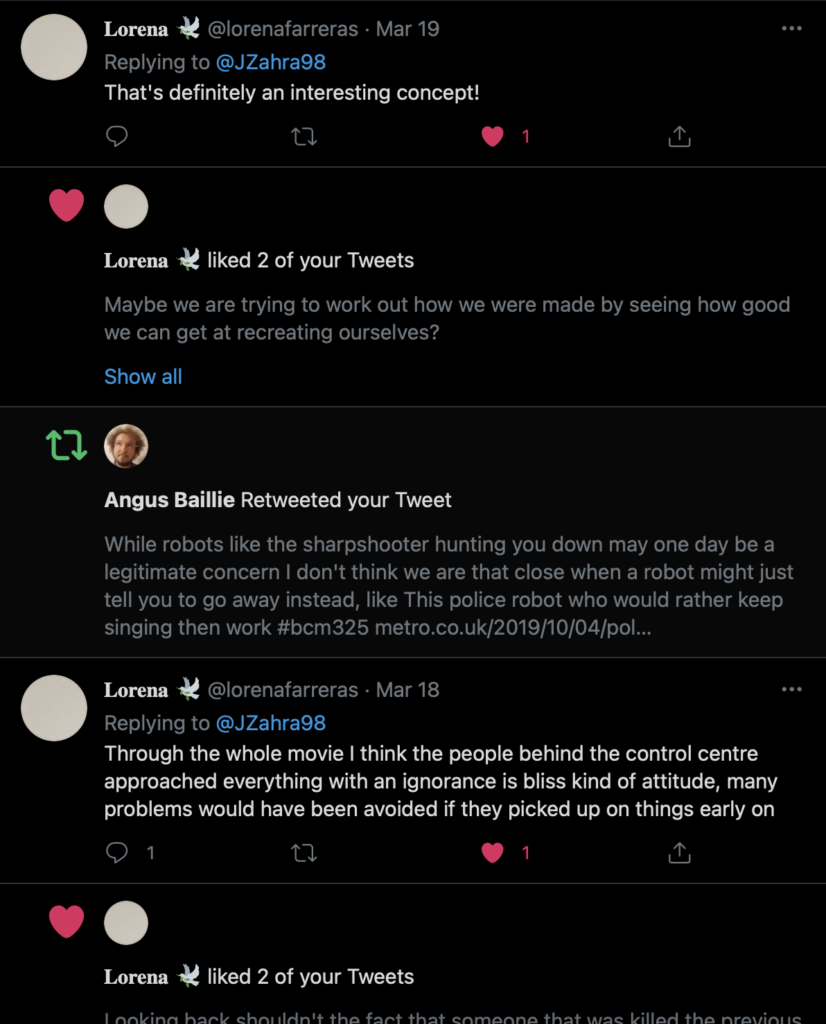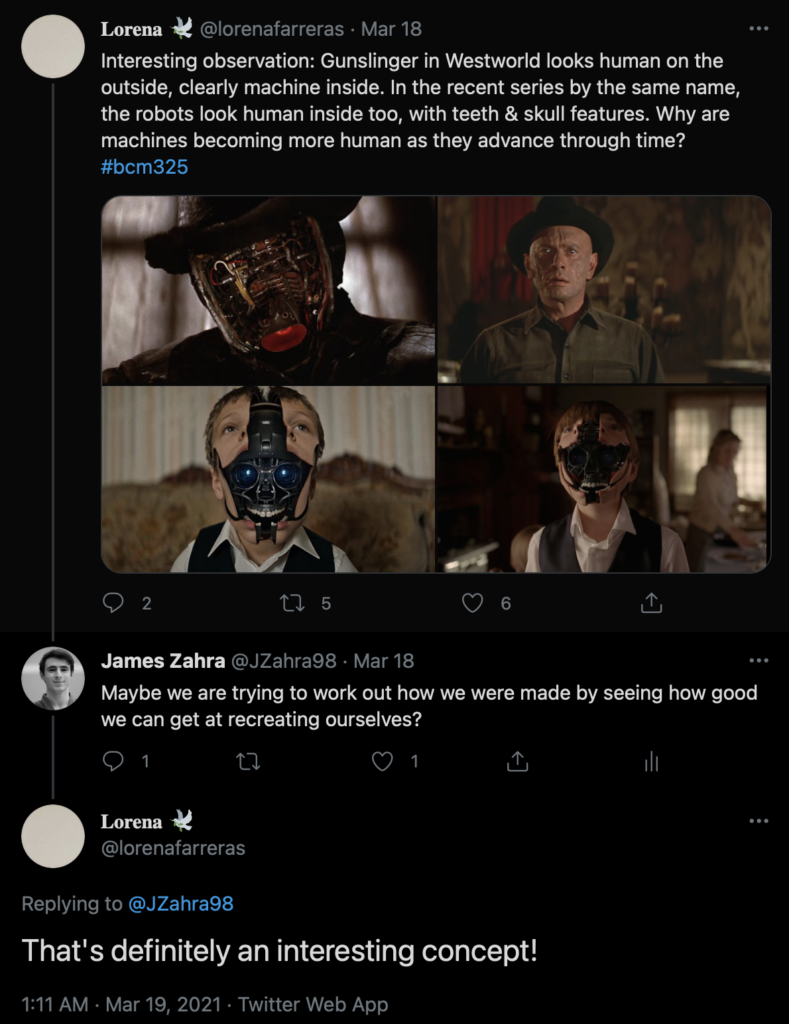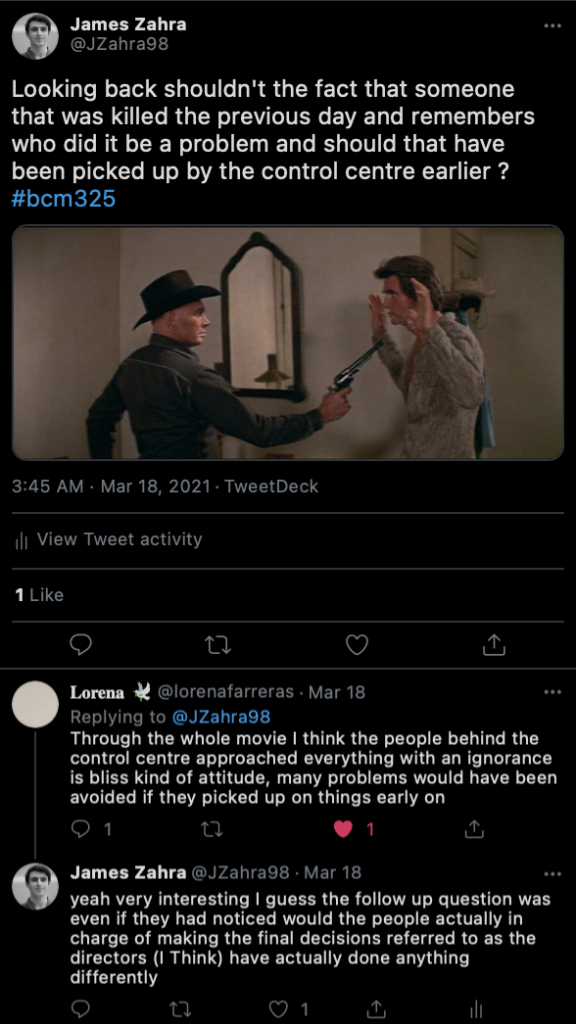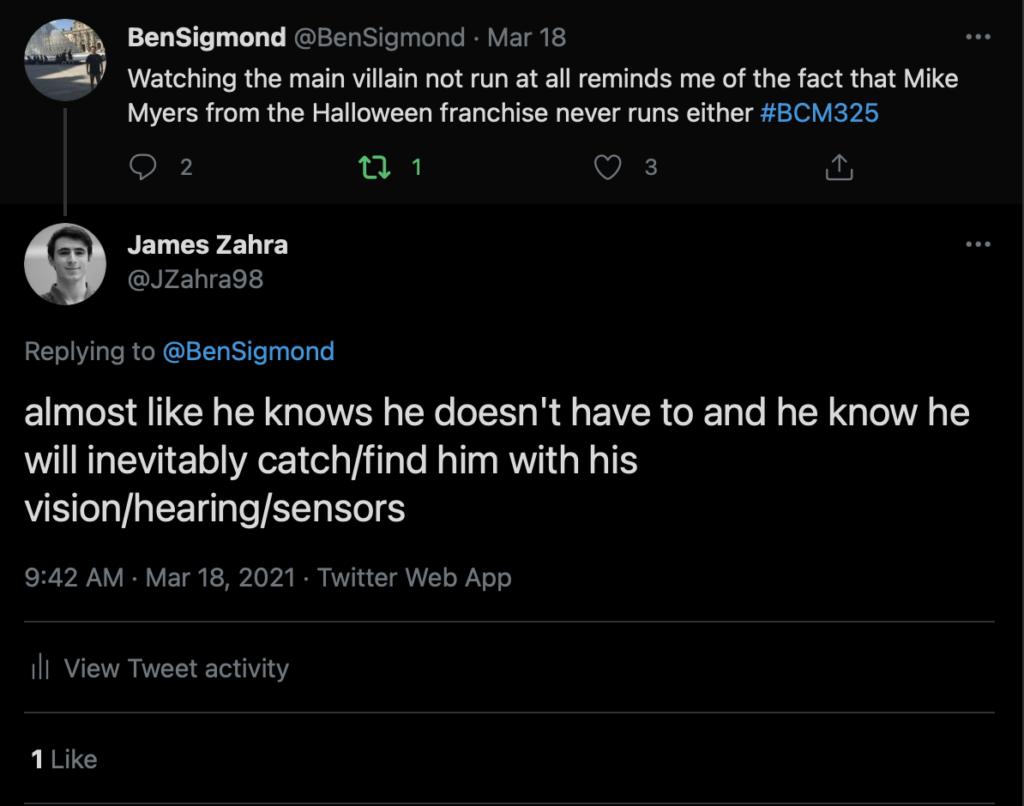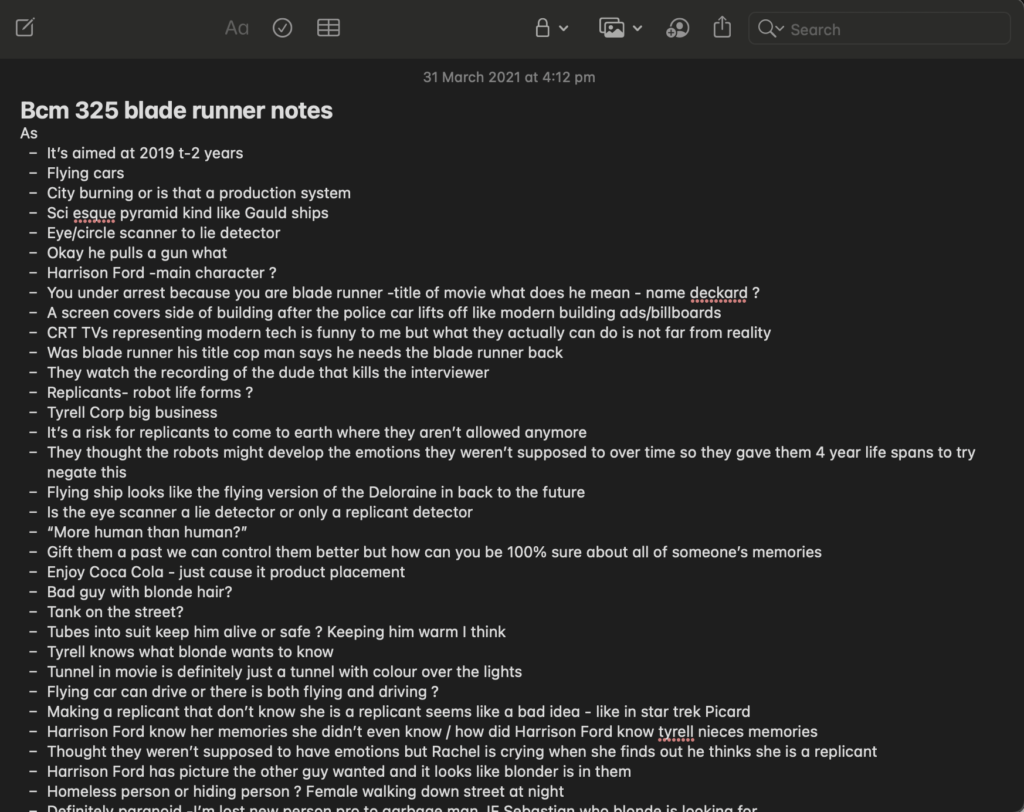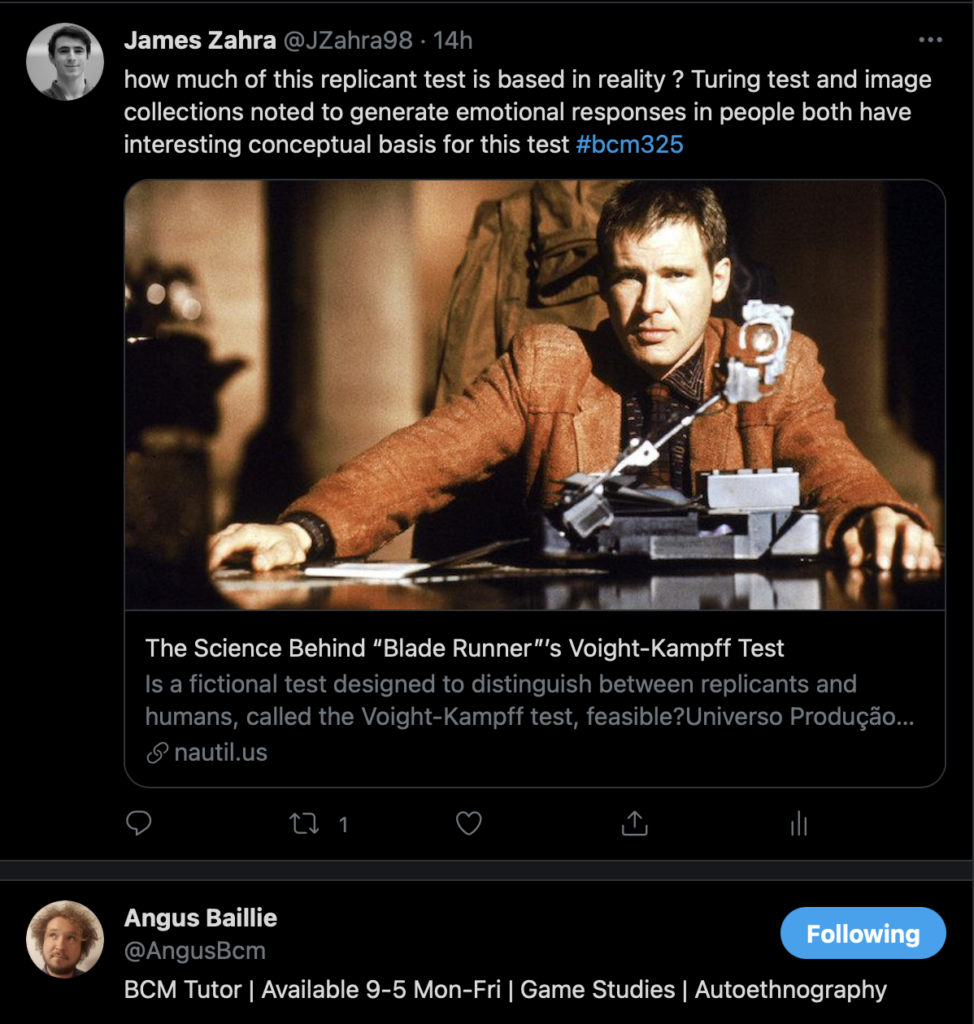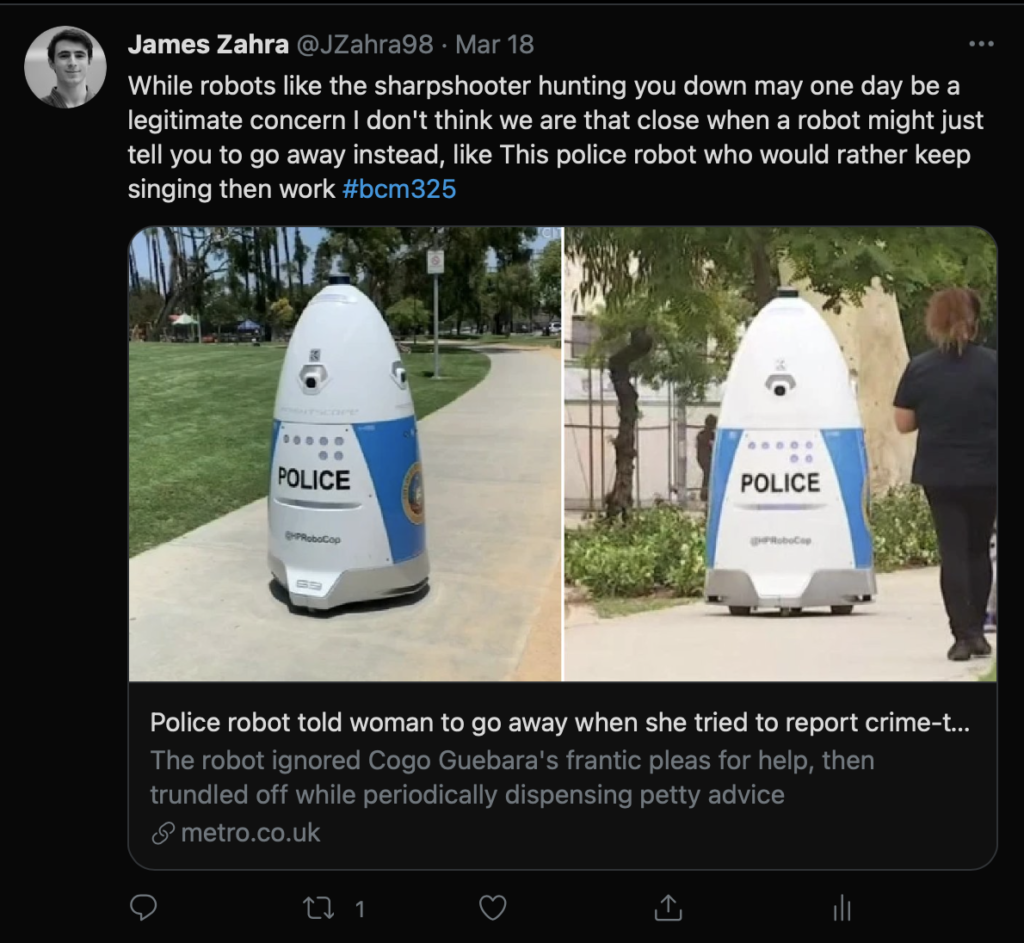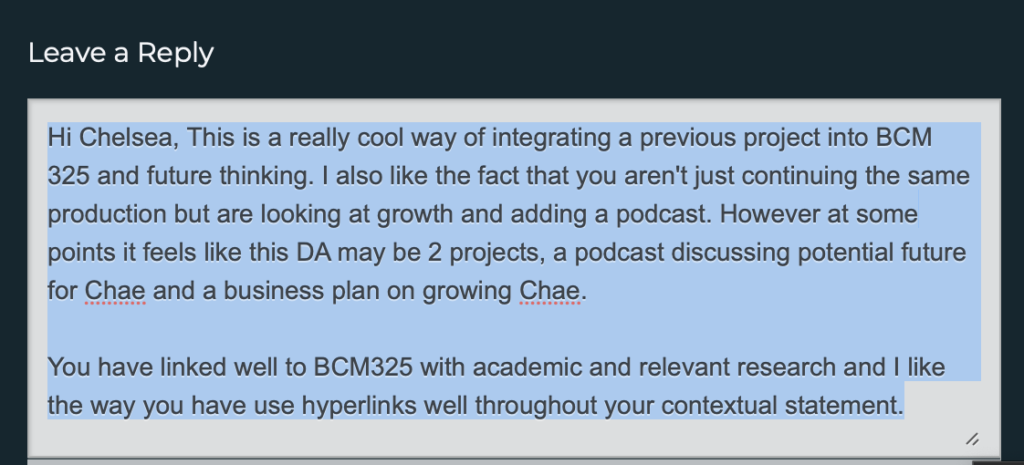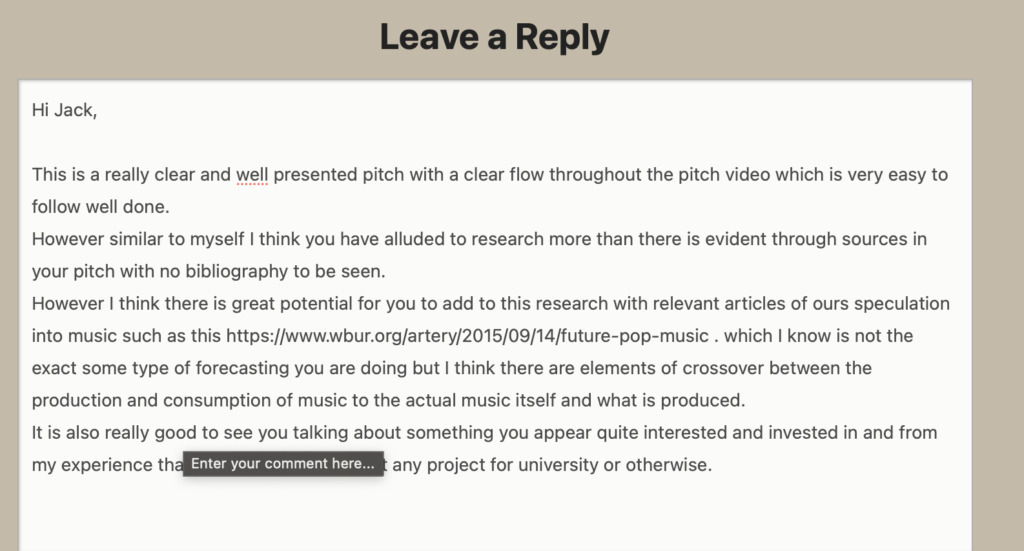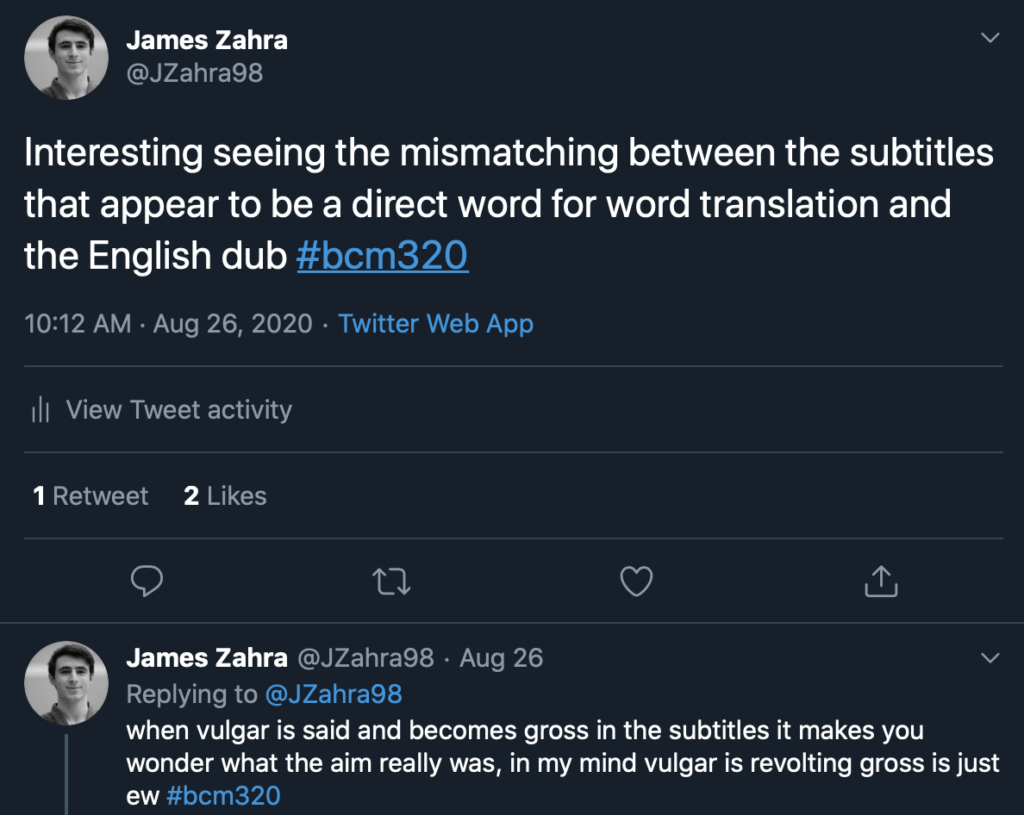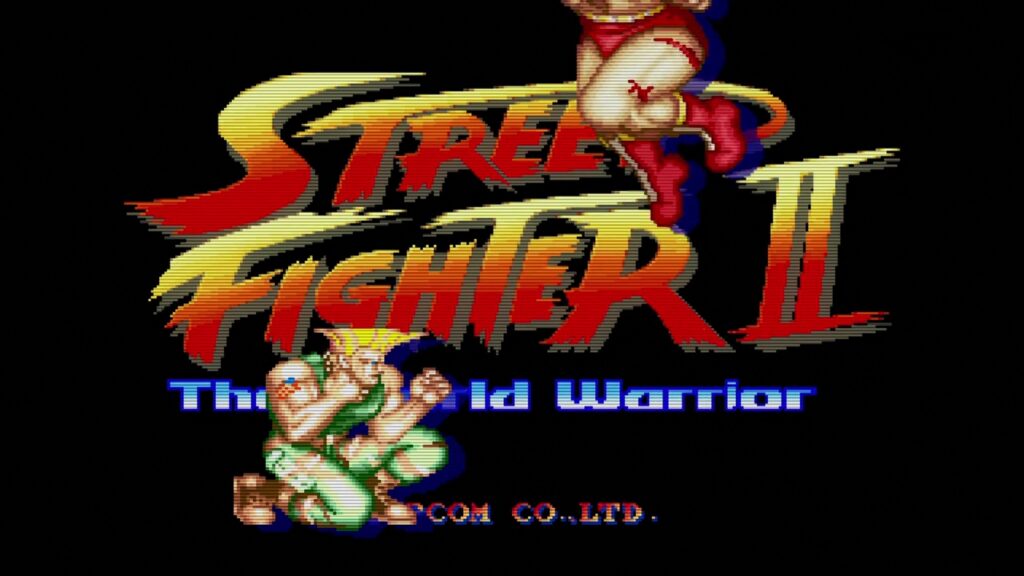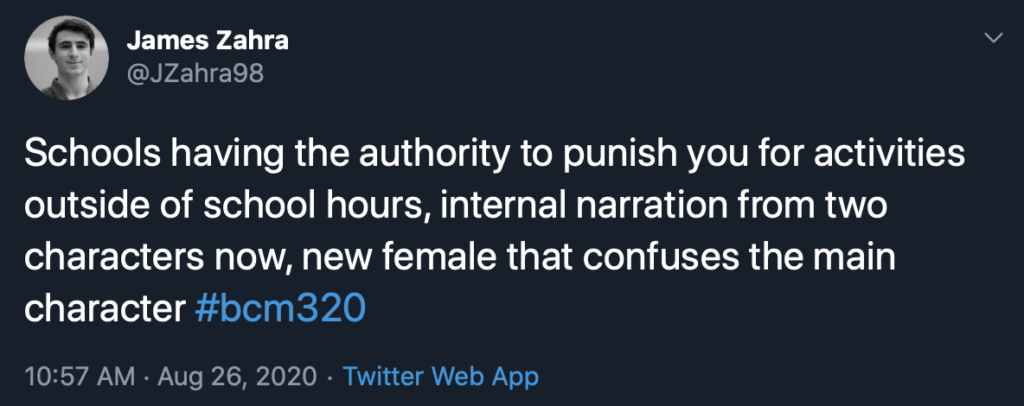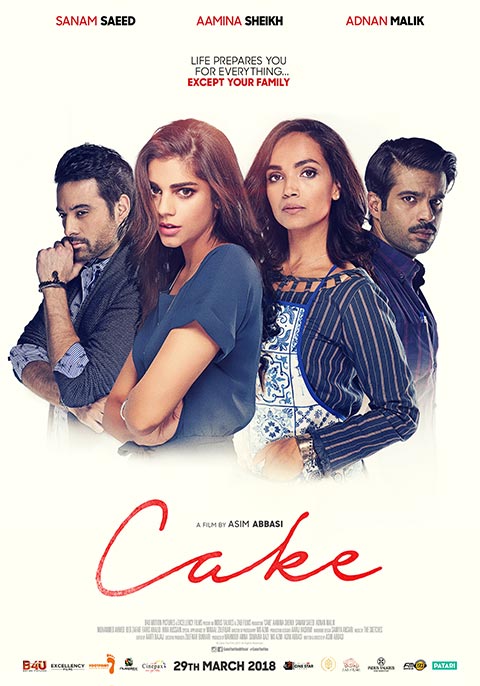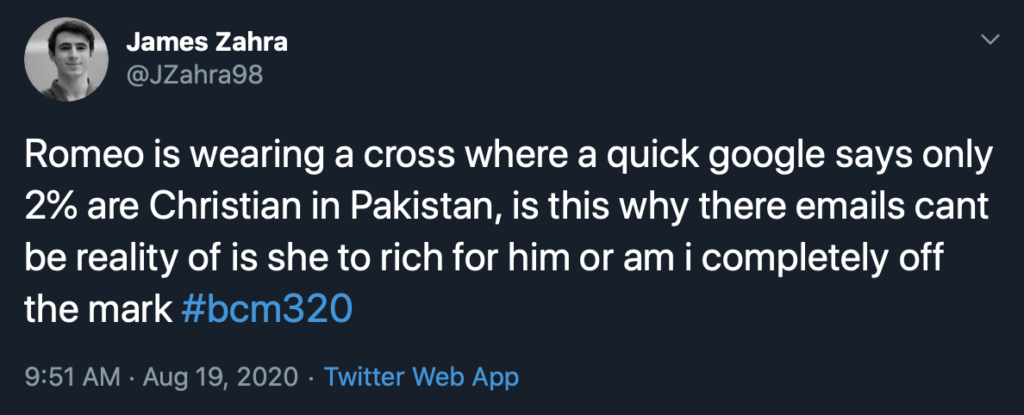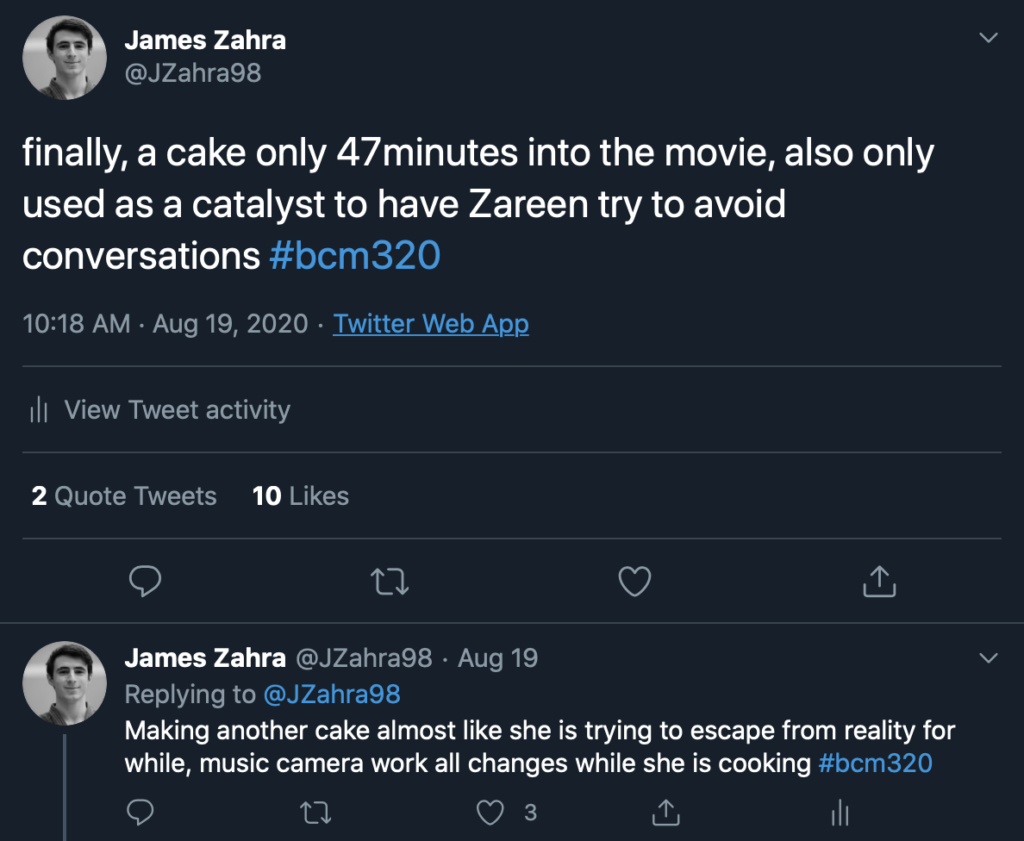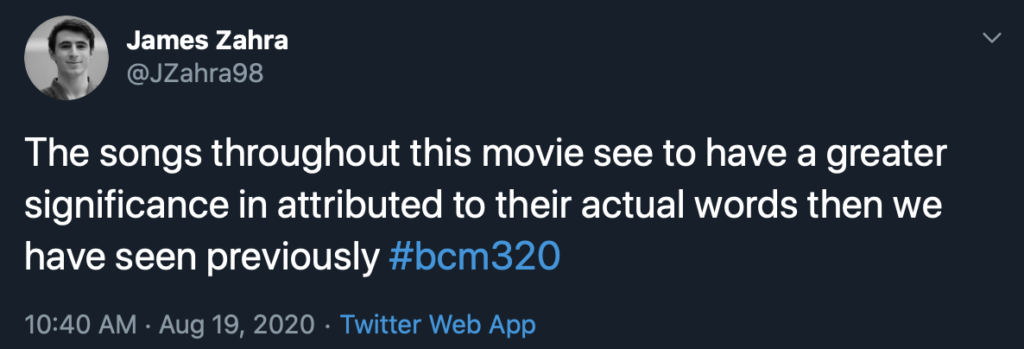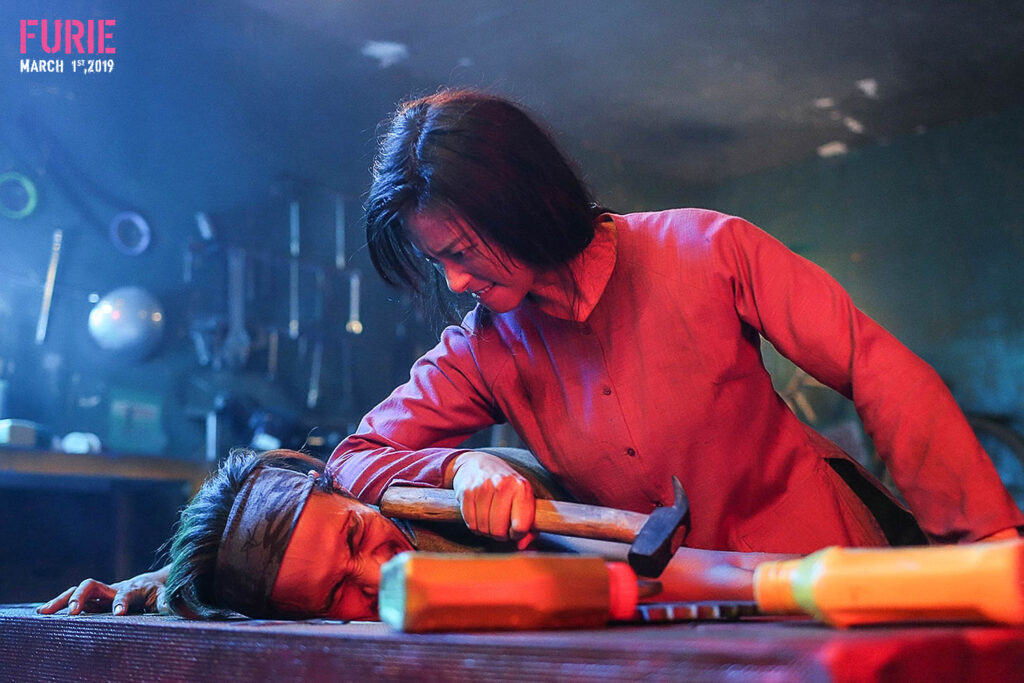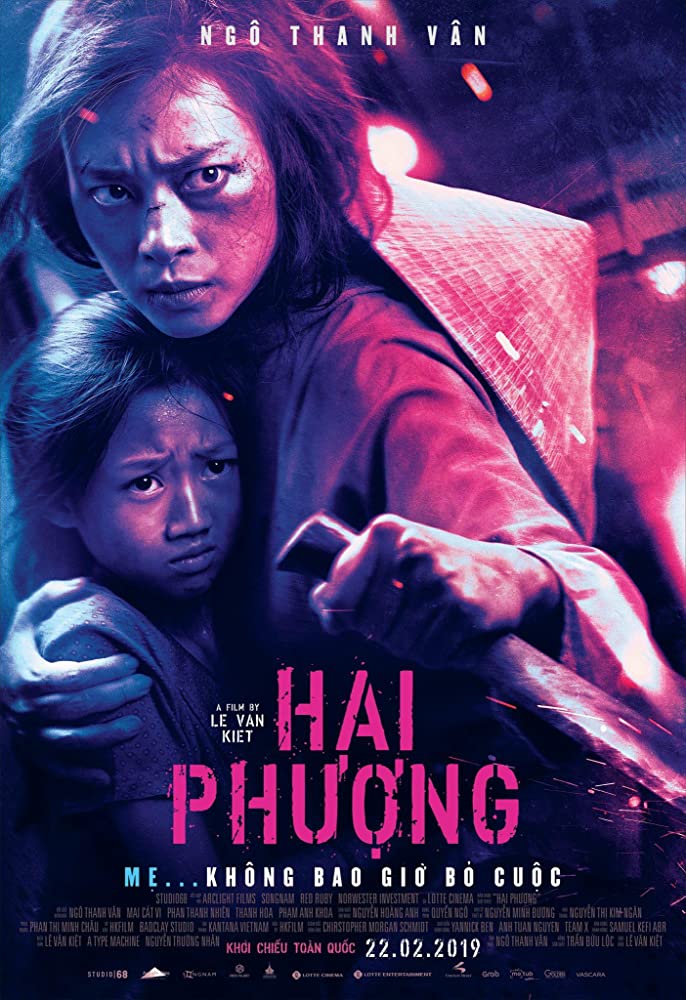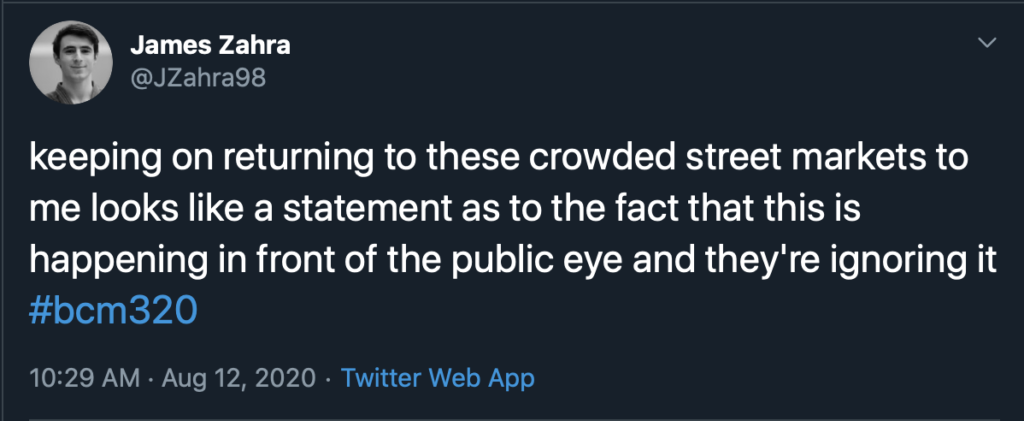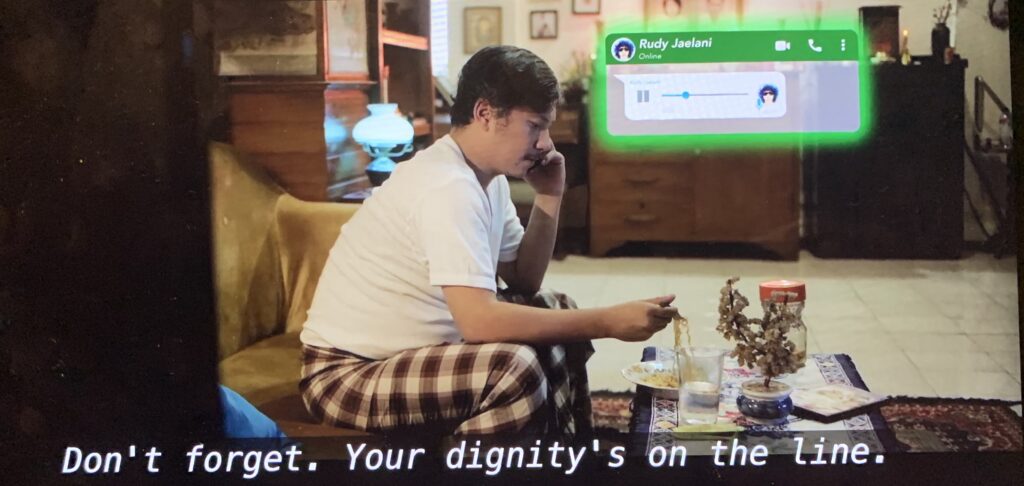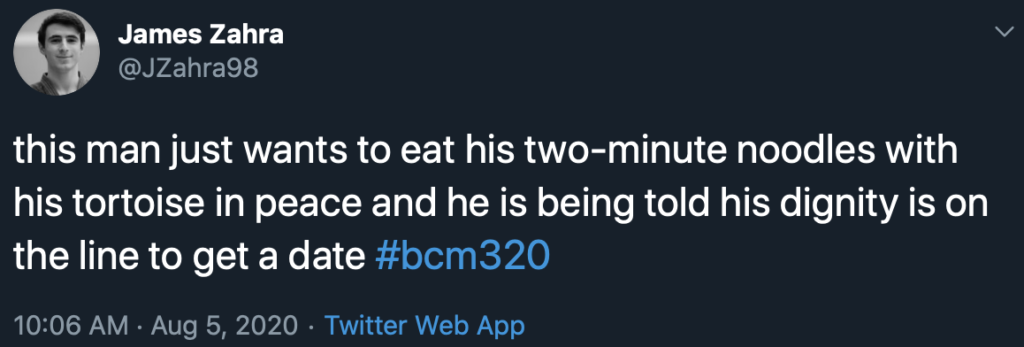(BCM 325 Beta Peer Comments)
Comment 1: Chau’s DA Beta
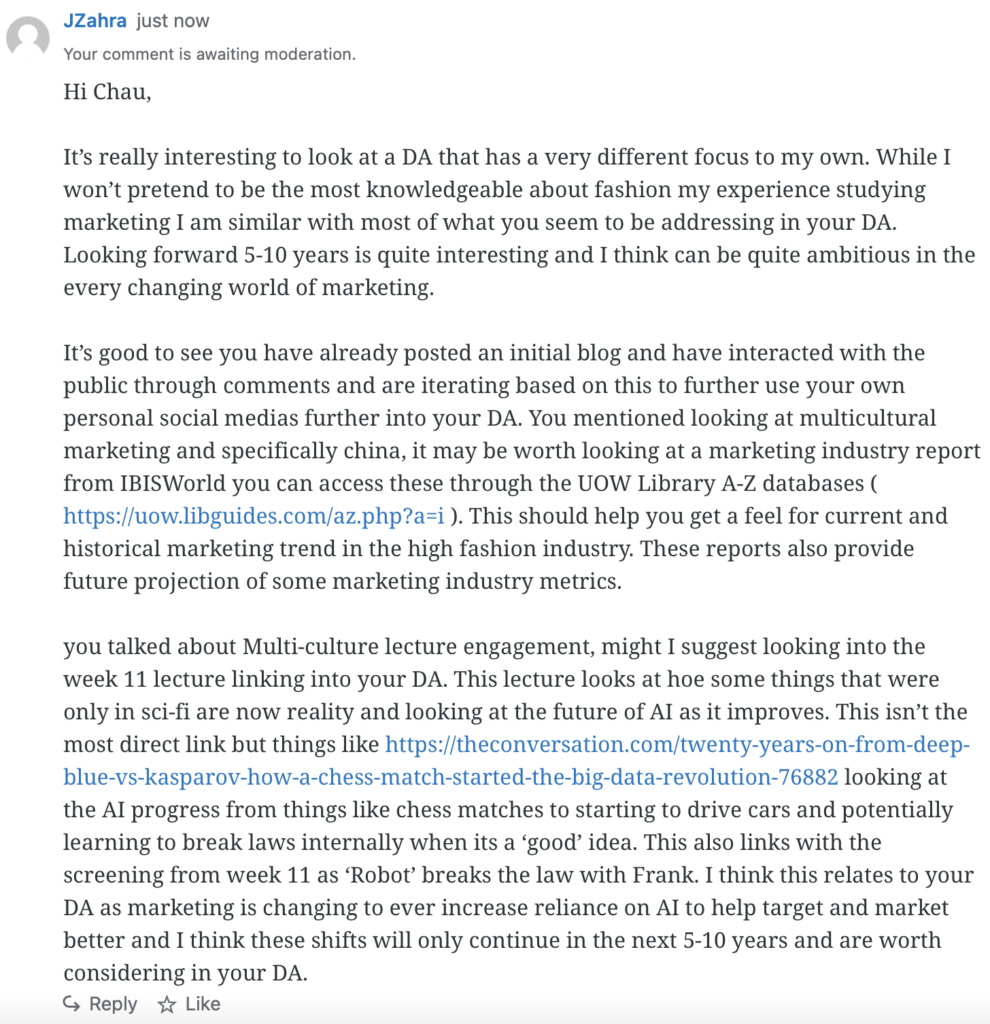
Quick summary of DA:
Chau is blogging about the future marketing strategies and plans of the high fashion industry hoping 5-10 years into the future.
Key Points of my comment:
- good initial post + interaction
- worth looking into IBISWorld marketing industry reports (UOW access)
- Marketing shift to humans focusing on creative processes and letting numbers chose where to spend
- AI in marketing 5-10 years?
Comment 2: Shuning’s DA Beta
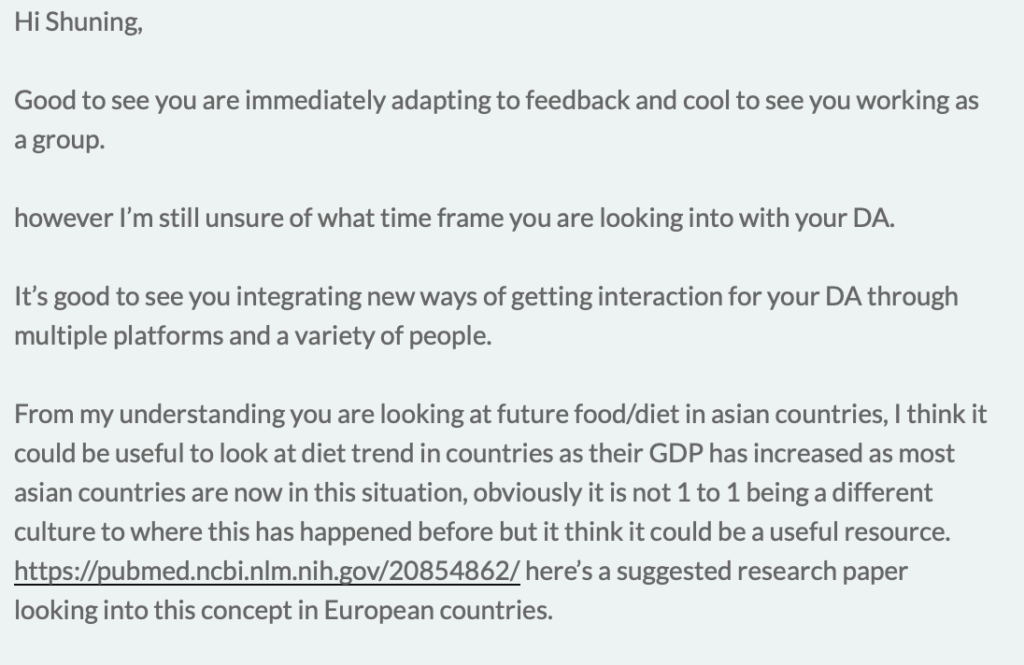
Quick summary of DA:
A blog and YouTube series about future of food.
Key Points:
- feedback received and implemented
- what’s the exact frame
- public interaction well
- looking at GDP effect on diet as a starting point if its a close future
Comment 3: Melanie’s DA Beta

Quick summary of DA:
Melanie’s own summary “In this DA we break down technologies depicted in future societies to see if they would in fact work in reality”
Key Points:
- creative forecasting building on others
- string futurists link
- start with those you can access for a feedback loop
- technology rather than film based interactions suggested
- outrageous claims/catchy lines suggested to get attention
- other mediums directing to blog suggested
My Learnings:
- evaluating my cross disciplinary knowledge of marketing into my DA is something I hadn’t even considered until trying to help others
- I believe I provided a different perspective to hopeful help peers further their DA mostly with engagement ideas
- other people are working in groups which I hadn’t even considered maybe its something I need to think about in future to create more wholistic products
- The click bait attention span of the world currently
- Looking into multiple futurists connections into my content and also the week 2 lecture of sci-fi future predictions and how that lines up with my own DA
Subject Blog: https://futurecultures.blog/2021/05/21/a-beta-look-at-the-future/


